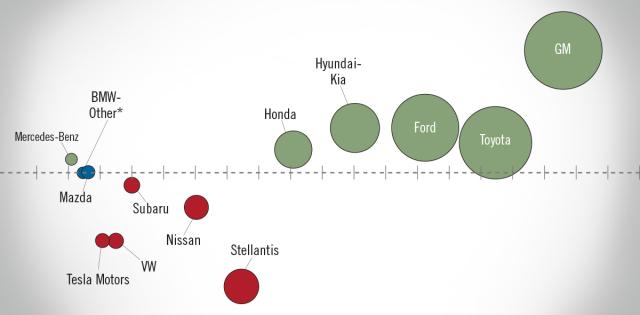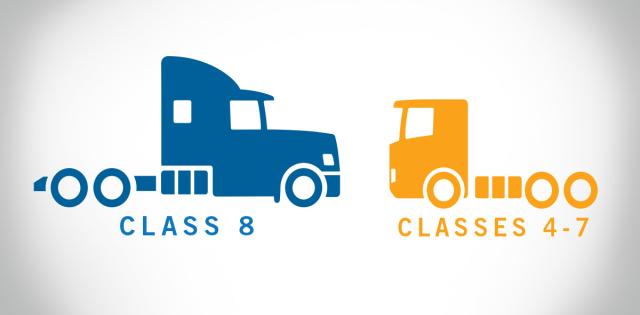Well before the pandemic hurt the supply chain and vehicle inventory dropped, the average price paid for a new car in America was already on the rise. But the vehicles themselves are not getting more expensive – the options consumers add to them are.
According to two decades of data from auto website Edmunds.com, options like audio packages, engine or tire upgrades, and roof racks are the biggest factor in raising vehicle prices.
According to Edmunds, the average purchase price of a new vehicle was about $30,000 in 2009, $40,000 in 2019, and almost $46,000 in 2022. However, the average sticker price for base models, standard vehicles without any bells or whistles, has decreased (after accounting for inflation).
The least expensive car for the 2023 model year is the Nissan Versa, priced at $15,730. This model includes features considered standard like a push-button start, blind spot monitoring, and a touchscreen. The vehicle is priced comparably to the most affordable cars of 2002 (after accounting for inflation). On the other hand, the average price of a GMC Sierra 2500 HD, as sold, is now double the base price.
Makes and models across the board have seen a jump in the last decade in the difference between the base sticker price and the average sticker with options. The average price gap between base models and vehicles as optioned up by customers has increased from 24.6% in 2002 to 38.1% in 2022. Some examples include:
- Mercedes E-class: 11.5% in 2002 to 30% in 2022
- Chevrolet Tahoe: 14% in 2002 to 41% in 2022
- Acura MDX: 7% in 2002 to 21% in 2022











